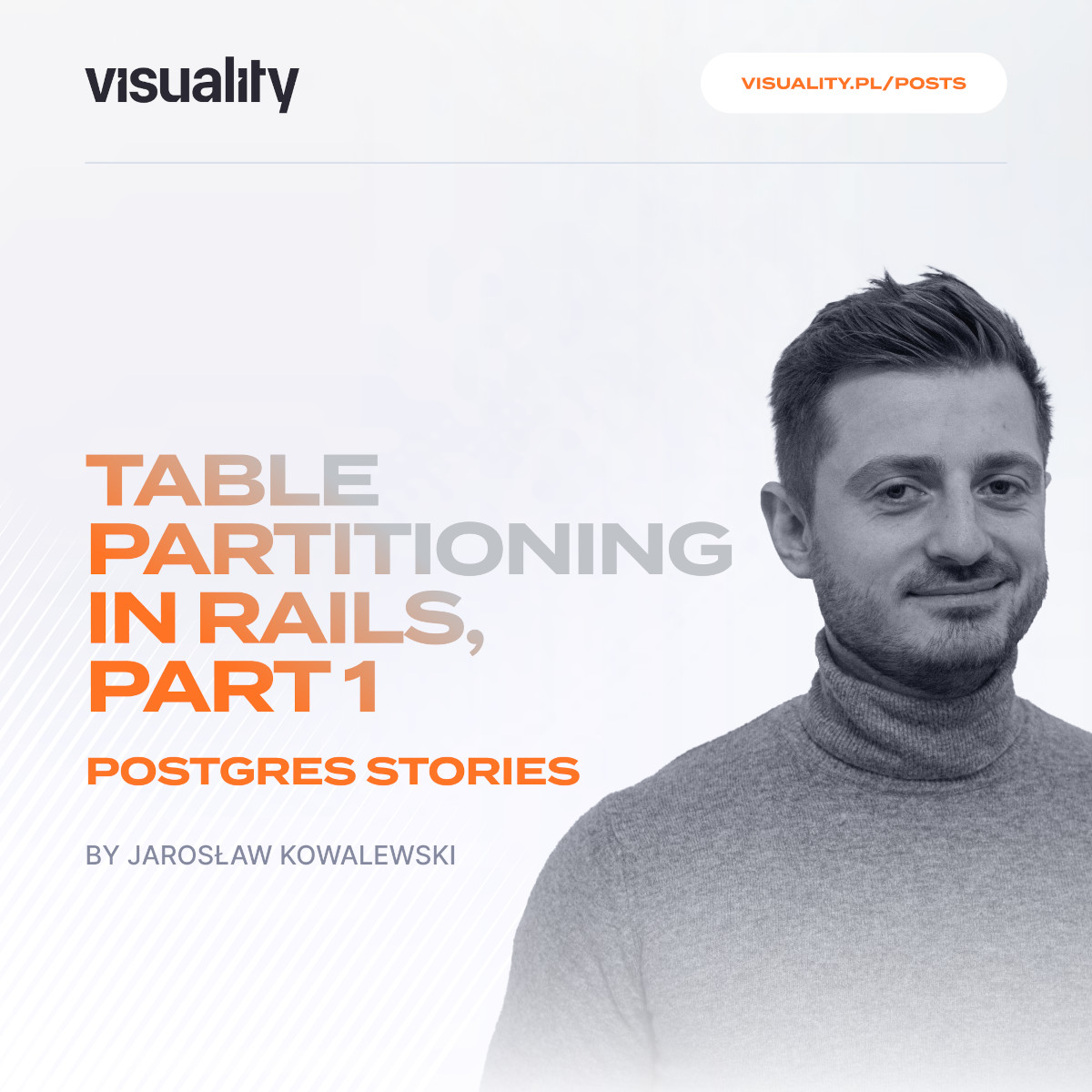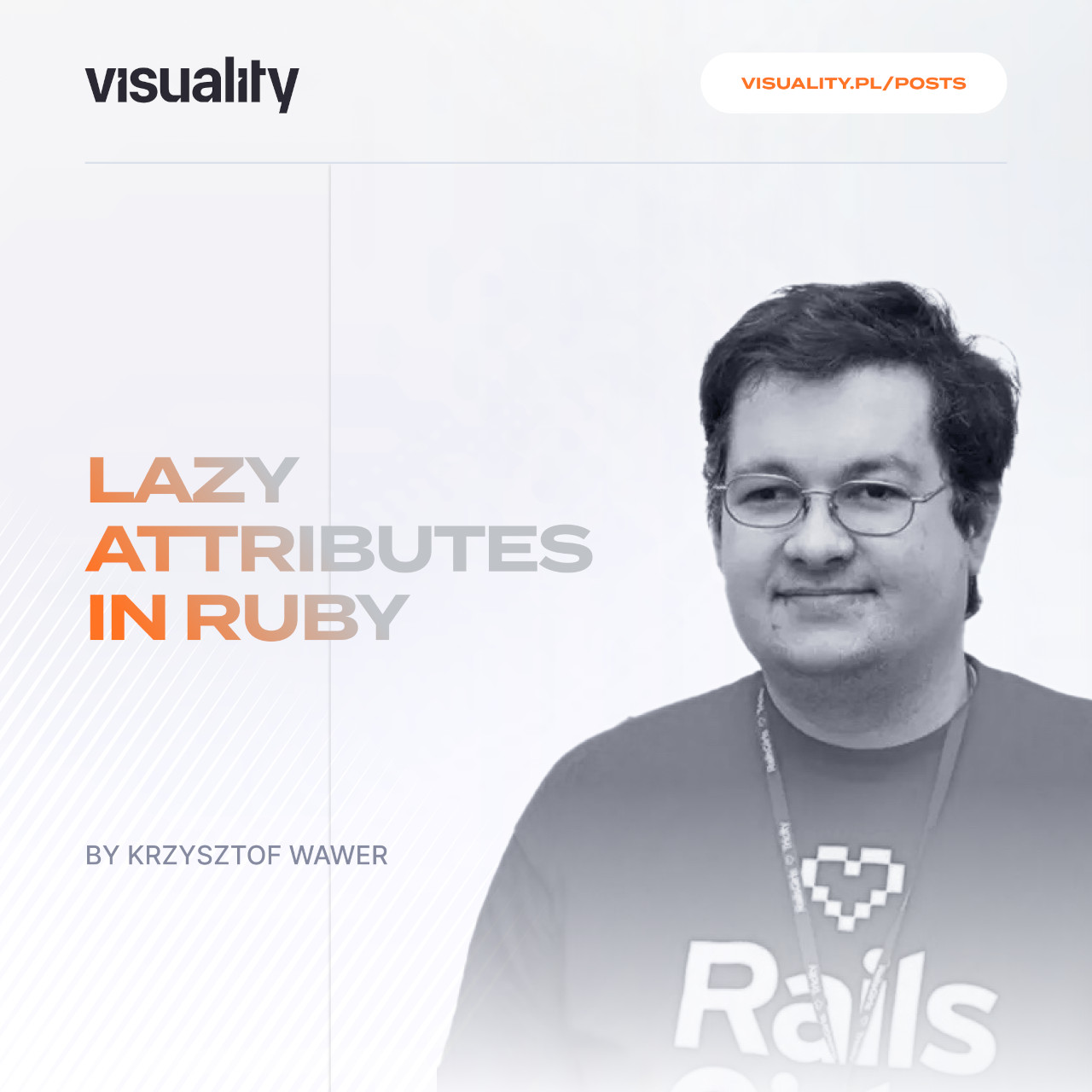Multithreading is a hot topic in the Ruby community. There are many good sources of theoretical knowledge (e.g. this blog post written by Janek), so let's focus more on practical use cases. In this article, I'm showcasing a few different ways of making asynchronous calls within a single process and ensuring their completion.
TL;DR: Use Concurrent Ruby's Future class for retrieving results from async calls. Skip to the last paragraph for code examples.
A few concepts before we start
In this tutorial, let's assume we need to make N number of calls to an external API. We can execute them asynchronously, but eventually, we want to display all results in one place. This is important: we expect the main thread to wait until all async calls are finished.
You can find presented examples, along with some benchmarks, in this GitHub repository.
Ruby Thread.new
Before we jump into the description of the first example, let's describe the parts that are common for all of them.
We will use a Queue instance to collect results from async calls. It's the only built-in data structure that is thread-safe in Ruby. Thanks to that, we don't have to care about problems with concurrent data access.
DataRequester class is not relevant, let's just remember that it makes GET requests to a given endpoint and returns results (and could be written better, I know).
require 'net/http'
require 'json'
class AsyncThreadsService
API_ENDPOINT = 'https://api.chucknorris.io/jokes/random'.freeze
def self.call(requests_count)
jokes = Queue.new
threads = []
requests_count.times do
thread = Thread.new do
requester = DataRequester.new(API_ENDPOINT)
jokes << requester.call # returns string with a response from API call
end
threads << thread
end
threads.each(&:join)
jokes
end
end
class DataRequester
def initialize(url)
@url = url
end
def call
uri = URI(@url)
response = Net::HTTP.get_response(uri)
parse_response(response.body)
end
def parse_response(response)
# (..) parsing response, nothing interesting here
end
end
Every DataRequester invocation is wrapped into a separate Thread.new block, making the calls async. Nothing complicated. At the end of the call method, we execute threads.each(&:join) to make sure that all spawned sub-threads are completed.
The solution looks straightforward, but naturally, there are alternatives.
Celluloid Actors
Celluloid is a great gem, heavily used in the ancient times of Ruby 2.0. Let's incorporate it into our solution.
require 'net/http'
require 'json'
require 'celluloid'
Celluloid.boot
class AsyncCelluloidService
API_ENDPOINT = 'https://api.chucknorris.io/jokes/random'.freeze
def self.call(requests_count)
jokes = Queue.new
requesters = []
requests_count.times do
requester = DataRequester.new(API_ENDPOINT)
future = requester.future.call
requesters << future
end
jokes = requesters.map(&:value)
end
end
class DataRequester
include Celluloid
# the rest is the same as in the previous example
# (...)
end
Celluloid introduces the concept of Actors. Actors are objects that can be spawned in the background with a monitored state. We can turn the existing DataRequester class into an Actor by including Celluloid module. From now on, we get plenty of async methods available on class instances. In our case, we will use future. Futures or promises represent the concept of async calls that will eventually return some value. Perfect for returning a response from HTTP calls.
Now, instead of threads, we have a collection of futures. Calling value on each of them ensures their execution is finished.
The last noticeable change is an invocation of Celluloid.boot at the beginning of the file. We need to spawn a Celluloid supervisor. In the Rails app, we typically put it in the initializer.
Concurrent Ruby
The previous solution looks good to me, but there is one problem. When you visit the Celluloid GitHub page, you can read: "As of 2016 the gem is not maintained any more". 😱 So, how is it done today? Concurrent Ruby is a modern library providing a vast array of tools for multithreading. Let's take a look at the code:
require 'net/http'
require 'json'
require 'concurrent'
class AsyncConcurrentService
API_ENDPOINT = 'https://api.chucknorris.io/jokes/random'.freeze
def self.call(requests_count)
jokes = Concurrent::Array.new
futures = []
requests_count.times do
requester = DataRequester.new(API_ENDPOINT)
future = Concurrent::Future.execute { requester.call }
futures << future
end
jokes = futures.map(&:value)
end
end
class DataRequester
# exactly the same as in the 1st example
# (...)
end
As you can see, we follow a similar approach with futures. However, we don't have to include any additional modules in DataRequester class. This is the most significant difference between Celluloid solution. The logic of asynchronous operations completely shifts from the actor into the service class which decides what to invoke asynchronously.
And we can also utilize the Concurrent::Array structure for storing the results.
Summary
The listed examples cover the elemental scenario of multithreading in Ruby. We used Futures to fetch the results of async calls to ensure they all finish. Of course, we could make some improvements, such as adding error handling in sub-threads or introducing a thread pool. Maybe that's a good topic for the next article... 🤔
P. S. If your use case covers specifically sending many HTTP requests simultaneously check out Typhoeus gem.



























